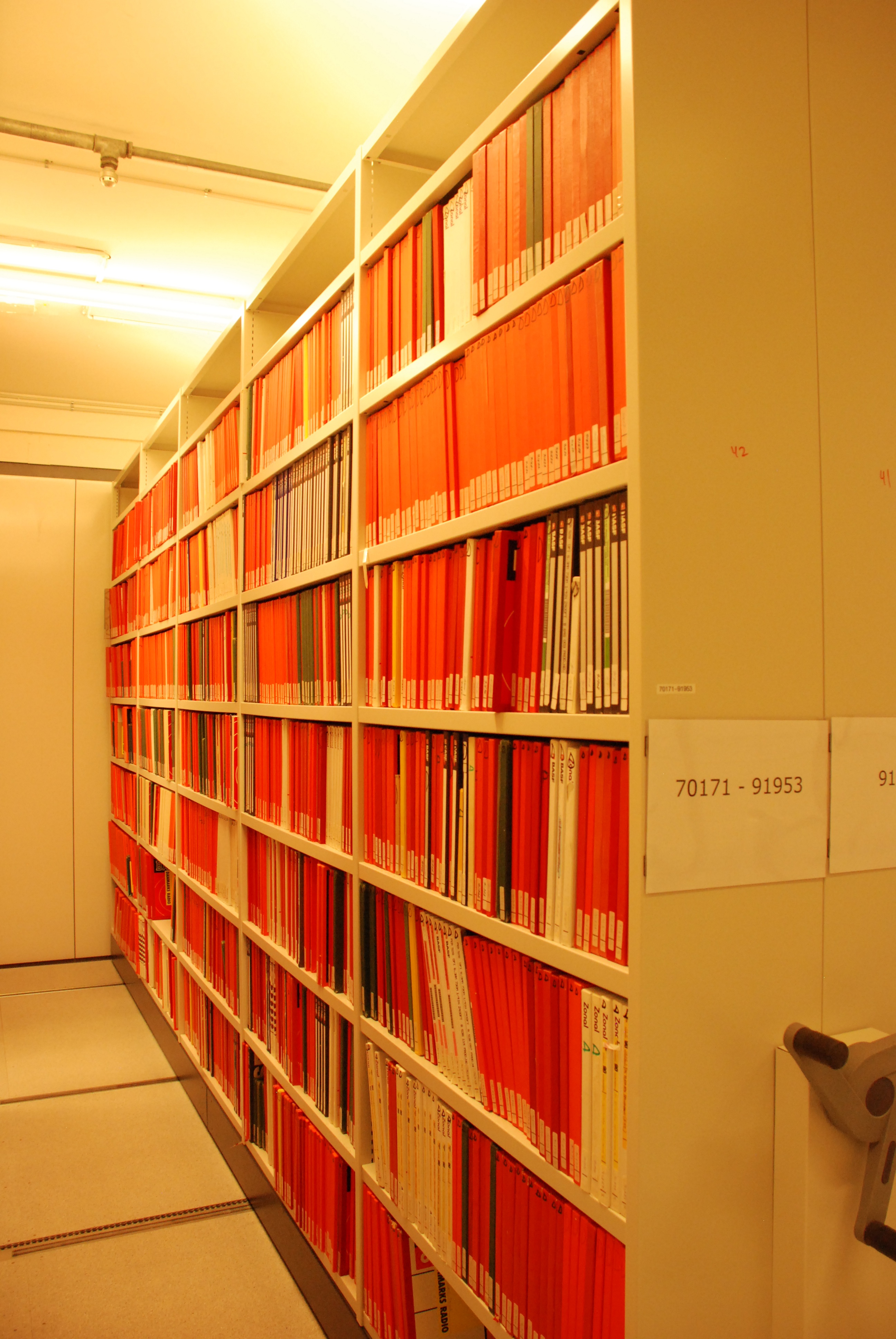To Listen and to Hear
Lecture: Different modes of Listening
The causal listening is centred around the aim of gathering information about the cause or the source of the sound. E.g. something is falling on the floor. The action and maybe the object may be identified by the listener before the damage has happened. The causal listening can be divided into a range of sub-categories such as identifying the unique source or a more general categorization of the sound. Even if we cannot identify the sound, Chion points at the causal history of the sound itself within a timespan such as the development of a scratching against the door. Even though we might not know what is scratching there may be a development in the sound pattern.
According to Chion, there is rarely just one source for producing a sound. E.g. when I am tapping at my computer writing, both my fingers and the keyboard are producing the ‘writing sound’.
The semantic listening is a way to search for meaning and decipher codes. E.g. when we listen to language we try to understand what is said. At the same time, we may use the causal listening, interpreting how the message is transmitted (tone of voice etc.).
The reduced listening is a term borrowed from Pierre Schaeffer. ‘Reduced listening takes the sound – verbal, played on an instrument, noises, or whatever – as itself the object to be observed instead of as a vehicle for something else’ (Chion:1994). To start listening and put into words what we hear, is not an easy task. It is much easier to talk about the actual content, its source and its meaning. Although we all hear differently, the reduced listening is categorized as ‘objectivity-born-of-intersubjectivity'. In other words, we can enter into dialogue about and compare what we hear and develop a common language for our hearing. In order to do reduced listening you have to hear the same sound many times: ‘the sound must be fixed, recorded’ (Chion: 1994). An example of reduced listening is the ability to hear the interval between two tones: ‘pitch is an inherent characteristic of sound, independent of the sound’s cause or the comprehension of its meaning’ (Chion:1994). To Chion the spectral analysis is a way to objectify sound, but according to him not to designate what we hear.
When we are listening to recordings the reduced listening may enable us to approach the recording in a new way.
The American philosopher Don Ihde examines the difference and the overlap between sound and vision (Ihde 1974). A visual object may be mute. When you hear something there is a movement in it, but you do not necessarily see it. E.g. the wind is invisible. Therefore Ihde divides the components of sound and vision into three parts 1) The mute visible element. 2) The visual sounding element and 3) The invisible element. The visual and the sounding meet in the second category.
Read Don Ihde's The Auditory Dimension in The Sound Studies Reader, and dechifer what X, Y and Z is.
 |

